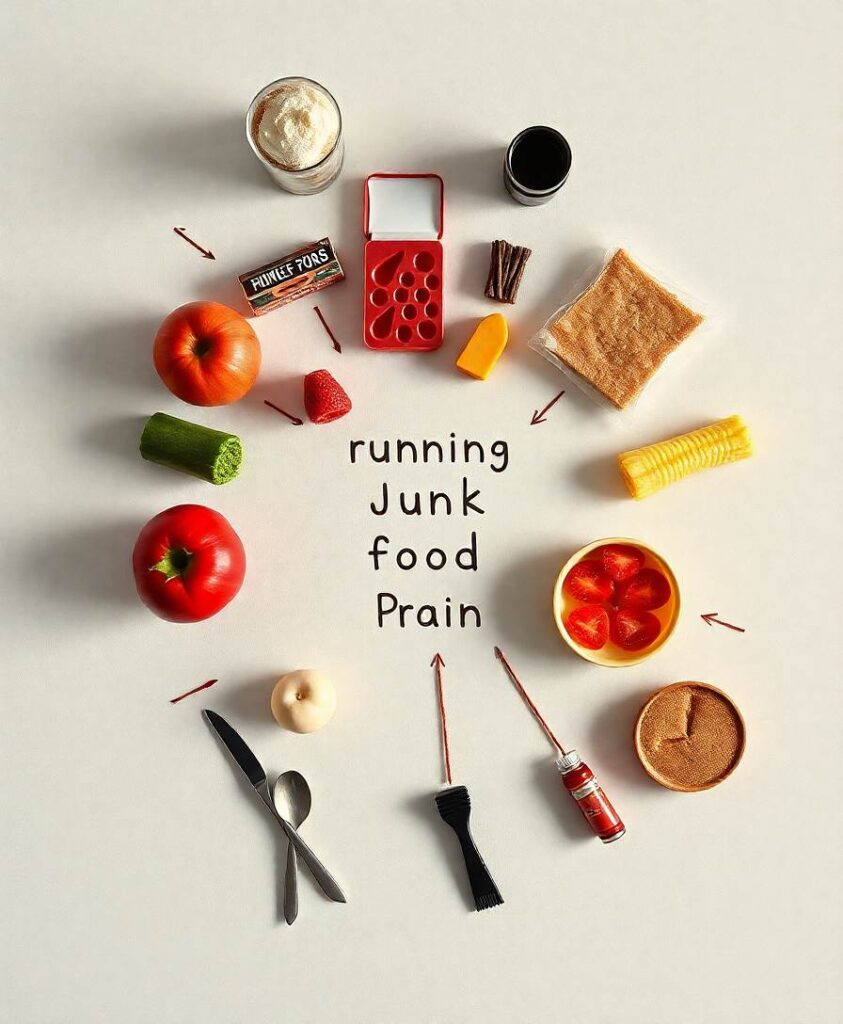Living in a disadvantaged neighborhood is like trying to navigate a maze with missing pieces: the available foods are low-quality, filled with unhealthy trans-fatty acids; calories pile up, leading to weight gain; and the environment lacks support for physical activity. These factors, prevalent in disadvantaged neighborhoods, throw a wrench into the brain’s delicate machinery for processing information related to reward, emotion regulation, and cognition. It’s as if the brain’s circuitry gets tangled and confused, affecting our decision-making and mental well-being. This study sheds light on the vital connection between our external environment, food choices, and brain health. Understanding these complex interactions can help us develop interventions that promote healthier lifestyles and levels of empowerment within disadvantaged communities. Get ready to dive into the thought-provoking research behind this issue!


